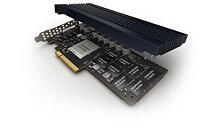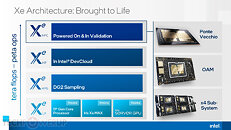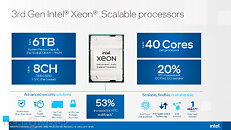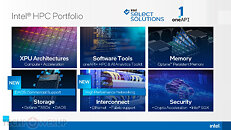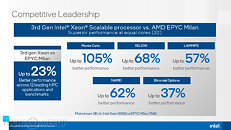Aetina to Showcase Its New AI Solutions at Embedded World 2023
Aetina Corporation, a leading provider of AI solutions for the creations of different types of vertical AI, will showcase its new embedded computers, AI inference platforms, GPUs, AI accelerators, and edge devices management software at upcoming Embedded World 2023. Aetina provides different types of form factors based on GPUs or ASICs, such as MXMs, graphic cards, and edge computing systems. The MXMs that are powered by NVIDIA Ampere architecture-based GPU offer extra computing power to existing AI systems, ensuring low-latency data analytics tasks. The MXMs and systems that are built with ASICs, on the other hand, are ideal for the creation of any specific applications or AI systems that involve multi-inference processes.
As an Elite member of the NVIDIA Partner Network, Aetina offers a variety of edge computing systems and platforms powered by the NVIDIA Jetson edge AI and robotics platform. Aetina's newly released embedded computers are built with the Jetson Orin series SoMs—Jetson AGX Orin, Jetson Orin NX, and Jetson Orin Nano ; these small-sized systems and platforms, supporting different peripherals, can be easily integrated into larger AI-powered systems while also being able to function as a standalone AI computer.
As an Elite member of the NVIDIA Partner Network, Aetina offers a variety of edge computing systems and platforms powered by the NVIDIA Jetson edge AI and robotics platform. Aetina's newly released embedded computers are built with the Jetson Orin series SoMs—Jetson AGX Orin, Jetson Orin NX, and Jetson Orin Nano ; these small-sized systems and platforms, supporting different peripherals, can be easily integrated into larger AI-powered systems while also being able to function as a standalone AI computer.
































